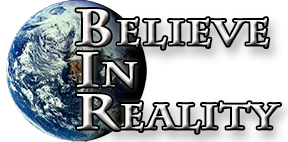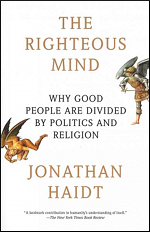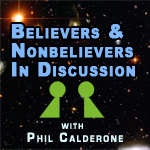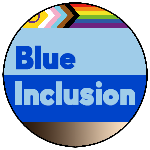The Righteous Mind:
Why Good People Are Divided by Politics and Religion
Book by Jonathan Haidt
There has been significant activity on psychological and sociological fronts over the past twenty years trying to find explanations for the differences between liberals and conservatives. Many studies have indeed indicated distinctions, perhaps innate.
Haidt’s thesis is a moral foundations theory that defines morality as having six core elements—harm, fairness, liberty, loyalty, authority and purity. Through clever and original experiments done in several cultures Haidt concludes that the morality of liberals derives dominantly from the harm and fairness elements, of libertarians from harm, fairness and liberty, and of conservatives from a balance of all five.
On the face these conclusions match neatly with the stereotypes. Focus on harm and fairness yields a bleeding heart liberal, willing to make some sacrifices to protect the vulnerable. Making liberty the primary sacred value (with harm and fairness next) defines a libertarian with the desire to act without intrusion. Differing from both, conservatives are said to have the best mix by balancing all five virtues.
His second premise is that intuition precedes and largely overrides intellect, something that author Michael Shermer similarly concludes in his excellent book, “The Believing Brain.” Haidt uses the metaphor of a rider on an elephant, the elephant representing the more influential intuition. Our first reaction to a circumstance or choice is via intuition, leaning in a particular direction. The rider is a secondary reactor; he must think things through before deciding which way to go but by then is trying to steer a larger beast already in motion. The rider may decide to lead the elephant in the leaned direction or against it but is already at a disadvantage, perhaps too large to overcome.
The metaphor implies that the elephant and rider are independent thinkers, a notion still in question. Other writers indicate more of a service role for this rider, the intellect serving to rationalize intuition’s direction rather than trying to overcome it.
Haidt also focuses on theories of natural selection—individual, kin, and group. Each defines the unit which better survives in its environment. Kin (siblings, and to a lesser degree, near relatives) and group are more complex forms where the individual may be sacrificed in service to the higher forms. Overall he proposes that natural selection functions as a mixture, particularly of individual and group.
To demonstrate this progression he starts with the theory of two single-celled organisms having joined into the complex cell we know today—mitochondria and nuclei having once been free-floating organisms that merged within a larger cell wall, a symbiosis that improved survival. The mitochondria are power-generating organelles and nuclei the holders of the replication mechanism.
Progressive gathering is seen in animal groups—cooperative hunting, sharing resources, etc. Haidt states there is little evidence that any animal except man works in a group for unselfish goals, however this opinion is in contention with others (see Frans de Waal, on Moral Behavior in Animals). Nevertheless grouping is important in man especially as the seed of language then culture, with aggregates such as religion and government being end products that yield group cohesion and improved survival.
Also down the road in the animal kingdom comes the formation of colonies, particularly bees, ants, and termites. These cooperative units have been so successful that they now comprise ninety percent of the world’s insect population by mass. Within these groups workers not only carry out suicide missions but are biologically unable to reproduce, all in the service of survival of the colony and its genetic pool. This serves as an analogy for religious behavior in humans, not as a demonstration of right vs wrong but of survival benefit.
Interestingly, the group selection model was largely discarded by biologists in the late 1960’s. Haidt’s argument is quite convincing however and may indeed revive the group survival model.
Despite the strong presentation—the book is easy to read, the content reinforced by strong metaphors and interim summaries—some problems are evident in his analysis.
First is the idea that morality is the defining personality feature. There is almost no word on other factors such as intelligence, innateness and genetics. With Haidt being a moral psychologist one wonders if his explanations are biased into too narrow a field. It may be that morality does end up being the defining factor, perhaps with these other factors being prerequisites, but that discussion is not in these pages.
Another problem is his simplistic acceptance that a balance of five moral factors is better than two. There is no exploration that perhaps fewer is better or that certain factors may be more important than others. He does mention that more factors may need to be added to the stew, but this assumptive best balance is questionable. It’s hard to tell if this a shortcoming of his research or his presentation.
Perhaps the most incongruous topic is his criticism of the New Atheists. He demeans the New Atheist claim that religion is an extrapolation of false-positive agenticity as an overly complex rational explanation, rather than the intuitive argument he would prefer. It’s hard to see how this matters since they look like two roads to the same destination—the natural development of religion. His preference is a liberal-vs-conservative example itself, Haidt preferring to discount individual rational decision making in favor of emergent decisions made by groups.
Despite these criticisms, Haidt makes a strong argument and his premises match up well to observed behavior. One hopes he will deal with the shortcomings in future work but meanwhile “The Righteous Mind” is an important stop on the journey to ideological understanding.




